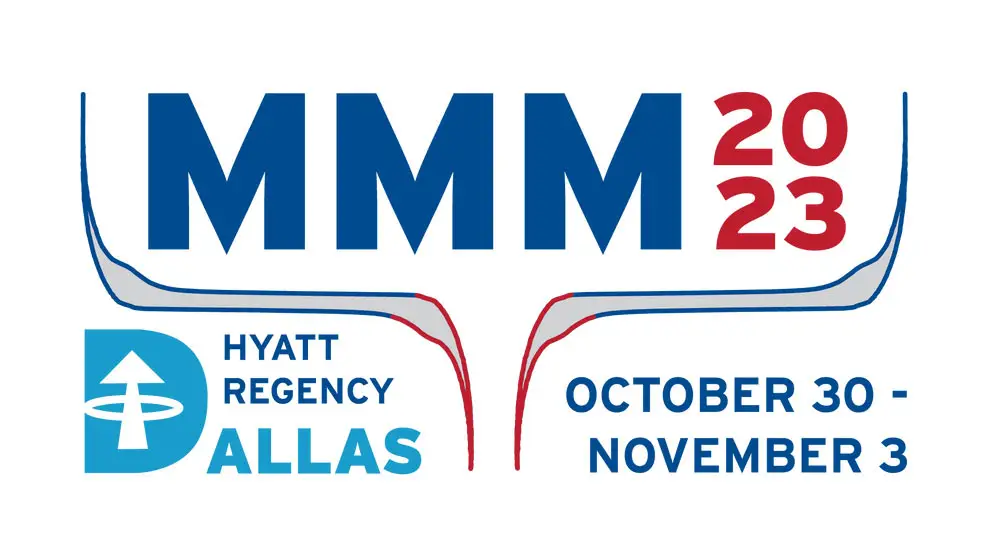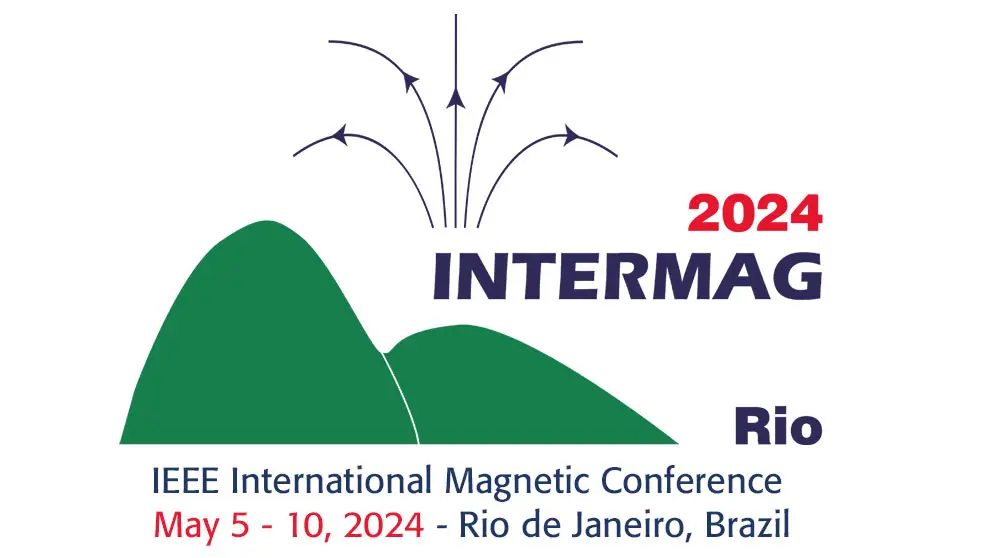FF-10: Effect of quenching and post-annealing on magnetic, magnetocaloric, and crystallographic properties in giant magnetocaloric materials ErCo2 and HoAl2
A. T. Saito, T. D. Yamamoto, H. Takeya, K. Terashima, Y. Takano, T. Numazawa
Oral
03 Nov 2023
Magnetic materials with a large magnetocaloric effect (MCE) have attracted attention owing to their potential application to highly efficient and environmentally friendly magnetic refrigeration. Because Laves compounds RT2 (R = Gd-Yb, T = Al, Ni, Co) exhibit large MCEs associated with a magnetic transition occurring in the temperature range between the two liquefaction temperatures of hydrogen and nitrogen [1,2], which are expected to be used in magnetic refrigeration to liquefy hydrogen [3]. Processing magnetocaloric bulk materials into magnetic refrigerant particles is an essential for developing magnetic refrigerators. However, the effect of the quenching during particle fabrication on the material properties has not been investigated in detail. In this work, the effect of the quenching process and post-annealing on the magnetic, magnetocaloric and crystallographic properties in gas-atomized particles of the ErCo2 and HoAl2 was investigated. The results demonstrate that the physical properties of ErCo2 are significantly changed by quenching process and post-annealing. Changing the annealing conditions of the quenched ErCo2 particles can change the magnetic transition temperature, and the order of the magnetic phase transition from a second-order to a first-order (Fig. 1). Moreover, a strong correlation is observed between the Curie temperature and the lattice constant, suggesting the importance of the magneto-structural coupling. As the particles anneal progress, they develop a giant magnetic entropy change due to the change from a second-order to a first-order transition (Fig. 2). In HoAl2 compound, no significant changes in magnetic and magnetocaloric properties between the quenched particle and annealed one were observed (not shown), even though ErCo2 and HoAl2 are the same Laves compounds. In this presentation, we will show the differences of the detailed properties between the ErCo2 and HoAl2 compounds and discuss possible mechanism. This work was supported by JST-Mirai Program Grant Number JPMJMI18A3, Japan.References: [1] T. D. Yamamoto, A. T. Saito et al., J. Alloy. and Compd. 935, 168040 (2023). [2] T. D. Yamamoto, H. Takeya, A. T. Saito et al., J. Magn. Magn. Mater. 547, 168906 (2022). [3] K. Kamiya, K. Matsumoto, T. Numazawa et al., Appl. Phys. Express 15 053001 (2022).


